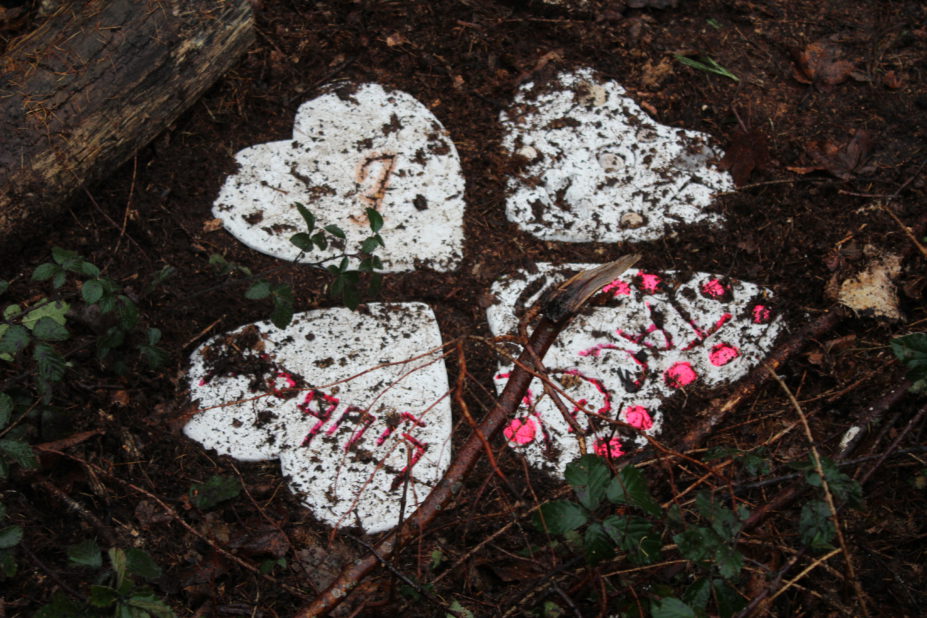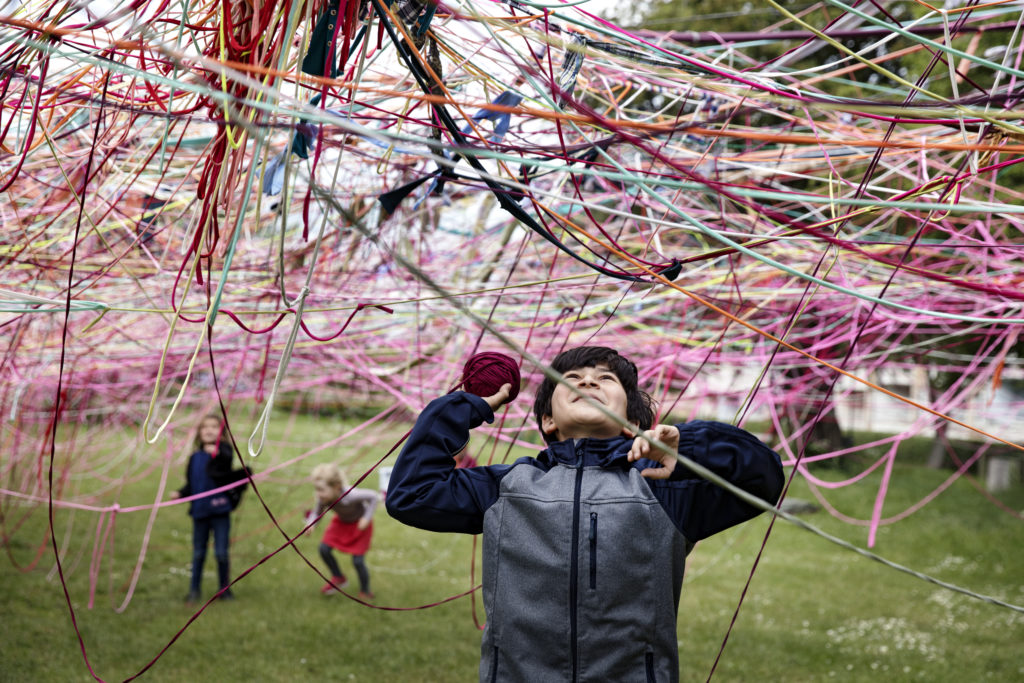 Case studies
Case studies
- Where: Lindholm, Guldborgsund, Denmark
- Type of space: district, green area, degradated, residential district consisting of large blocks of flats, industrial area
- Number of residents: 1 550
- Area size: 0,145 км²
- Organisers/authors
coordinator: Guldborgsund Municipality, planning department and cultural department
Case Study
Here Where We Live
Creatively and artisticalyy engaging children and youth in district's future
What happened?
It was an artistically led creative process with the aim to map, reassess and ultimately change the local neighbourhood and engage with children and young people as key interpreters. The project gave insight into the everyday life of the children and young people in the local area: their use of the area, their thoughts, interests and dreams, places they like and meet, and details they notice. This was achieved through photography, film, visual art, creative writing, and concrete artistic expression linking public, personal and poetic narratives. 400 children and youths from local schools, Klubhuset youth centre, and the after school care (SFO), worked with 12 artists in several interlinked projects. They created sculptures and memorial stones, drawings about the concept of home, photographed secret places and meeting places, wrote texts inspired by the neighbouring woods and seashore, and produced music, film and media about their area
- Who can help?
- youth centre
- schools
- cultural isntitutions

Why?
There is the major issue of stigmatisation connected to Lindholm. This has persisted for decades despite several attempts to address it by the municipality. The prejudices regard safety, language, cultural and religious issues, social deprivation, and simply feelings of alienation. The act of “building bridges”, as said by Lindholm Indefra, seems critical.
The project aims to support the children and young people to work with and in the community, to develop a stronger sense of neighbourhood identity, and to support a more active and open local community. This approach is focused on the public space. The aim has been to integrate these perspectives in various fundamental planned changes in the local community. We hoped to include this perspective in the decision-making processes and in relation to the planning and design processes at different levels.

How? (tools & methods)
- The basic phases of the project were used as anchoring and as a structural frame which was important. Phasing and process had to be individualized, re-planned, and often become interlinked.
- Mapping: Here Where We Live, in many ways, turned out to be a vast mapping project. It showed the many different perspectives of the children and young people, and highlighted their experience and the artistic communication in the neighbourhood.
- Visioning: The artistic, co-creative, playful, thoughtful, personal, and explorative sub-projects are visionary in many ways. They create alternative, personal, detailed and multi-voiced views on the uses of the neighbourhood from the perspective of children and young people. It was crucial to make processes and results visible and communicated through exhibitions and publications.
- Designing: The design phase included the creation of new formats of interdisciplinary cooperation within the municipality, formatting of public exhibitions, design of elements and content of the public space Friheden, creation of new methods of artist-based co-creation, and cultural planning and design of a framework for the involvement of artists and local cultural institutions.
- Implementation: The implementation phase included work with specific working groups with specific tasks, including art and culture, as well as partnerships and traditions. In addition, there has been work on the future financing of activities. Furthermore, new physical platforms are established, for example, a cultural container. It involves a take-over of a shop as project space and a new festival for children and youth based on UCP methods. Finally, new methods of inclusion of children and youth in urban planning processes are being established for future reference.

For whom?
- Firstly, children and youth 5-18 years old primarily engaged through schools, after-school daycare, and youth club.
- Secondly, the community of Lindholm is indirectly reached via the activities with children. But it is also a target group for the public art activities in the neighbourhood of Lindholm.
- Thirdly, the citizens of the town of Nykøbing Falster whose opinions and attitudes are addressed by the project.
- Fourthly, other specific target groups such as Camilla Berner’s project involved elderly people creating connections and dialogue between generations
- How much time is needed?
- 4 months of initial mapping
- 17 months of visioning with continued mapping
- 9 months of implementing activites that combine mapping, visioning, designing
What should you be aware of?
In reality, the timeline gets more complicated as there were many sub-projects. These were dependent on external cycles and time frames, for example, school years, supplementary funding periods. One of the lessons learned is that the summer vacation programme needs to be flexible and consist of open workshops rather than a full day or week programme.
What worked out?
Every sub-project, with its strong co-creative process, had its value, and the various presentations, exhibitions, and publications were important. The project continuously gained new financial support, and it was of great value to be able to continue the projects. Working in such a complex field requires time. Having time to establish relations and traditions is important and key to the process. The project has focused on a high level of artistic quality, and on the inclusive, experimental and co-creative potentials of culture. Using the experience of Here Where We Live, a partnership has been created with several partners in an extended programme 2021-2014 with additional support from the Danish Arts Council and local funds.
